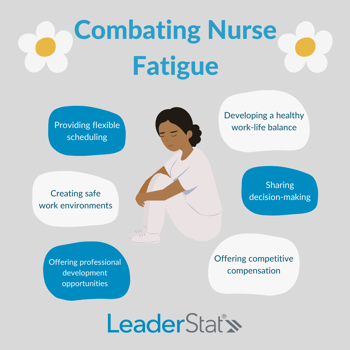While no one can predict the future, here are four trends medical experts expect to affect the healthcare industry this year.
Increased use of artificial intelligence and telehealthTwo positive impacts the COVID-19 pandemic had on the healthcare industry were advances in telehealth and artificial intelligence (AI). With AI-aligned technologies like computer vision, pattern recognition algorithms, and natural language processing, the AI market in healthcare could top $20 million this year.
AI also aids in drug discovery by predicting the outcomes of clinical trials and identifying potential drug side effects. Some AI analyzes medical imagery to spot early disease warning signs in MRI scans and X-rays. AI has already successfully detected neurological disorders such as Alzheimer's and Parkinson's.
 Telehealth visits exploded during the pandemic lockdowns. And now, many practitioners still offer telehealth visits for follow-up appointments and other non-diagnostic consultations.
Telehealth visits exploded during the pandemic lockdowns. And now, many practitioners still offer telehealth visits for follow-up appointments and other non-diagnostic consultations.
According to the American Medical Association, only 14% of doctors conducted virtual visits in 2016. In 2022, that number skyrocketed to 80%. In addition, more patients are interested in using telehealth than ever before. One study showed that 83% of patients expected to continue using virtual care even after the pandemic ended.
As the labor shortages continue, many medical practices struggle to fill open positions with capable, dependable staff. As a result, understaffing has led to more clinical burnout among medical professionals, including nurse leaders.
A recent study by the American Organization of Nursing Leadership discovered that nurse leaders' top challenges include workers' emotional health and well-being and staff retention.
Healthcare organizations must address nurse burnout or risk losing even more staff. Some suggestions to combat nurse fatigue include:

- Creating safe work environments
- Offering competitive compensation
- Developing a healthy work-life balance
- Providing flexible scheduling
- Offering professional development opportunities
- Sharing decision-making
In 2023, experts predict a heightened holistic approach to the health and well-being of employees. Research shows that employer-sponsored wellness programs yield, on average, a 47% return on investment. In other words, the employer receives $1.47 in financial benefits for every dollar spent on workforce health. Employers who support the well-being of their employees should align company policies and expectations with their desire for a healthful workplace culture.
Preventative Care and Preventative Health Initiatives
The trend in healthcare is toward preventative care and preventive health initiatives. This is because preventative care and preventive health measures can help to reduce the chances of developing more serious illnesses.
These measures include regular check-ups, immunizations, lifestyle changes, and eating a balanced and nutritious diet. By taking steps to prevent illnesses and diseases before they occur, we can improve overall health outcomes and reduce the costs associated with treating illnesses after they occur.
Increased data digitalization and cybersecurity
The healthcare industry is embracing more digital tools. In 2023, data digitalization should accelerate even more. For example, PwC's Hospital of the Future 2022 report found dozens of healthcare systems are investing significant funds ($1 billion) to support digital capabilities. Digitized data and analytics will give hospitals and medical centers the framework to provide value-based care to individual patients.
With more digitalization comes the need for strong cybersecurity. Healthcare organizations will continue to face cyber threats that put patient privacy and safety at risk. Healthcare leaders need to shift from viewing cybersecurity solely as a technical issue to seeing it as protecting patients. In addition, a facility's existing risk management plan should incorporate cybersecurity to support business continuity.
By paying attention to these healthcare trends, organizations will be well-positioned to meet challenging healthcare needs —this year and in the future.
Interested in learning more about 2023 predictions? Becker Hospital Review released a comprehensive list, created by Providence Health, that focuses on anticipated hospital closures, preparing for extreme weather, and prioritizing mental health services.
-1.png?width=292&height=64&name=LeaderStat%20Logo%20(4)-1.png)
.png?width=1100&name=Blog%20Banners%20(22).png)

-1.png?width=258&name=LeaderStat%20Logo%20(4)-1.png)